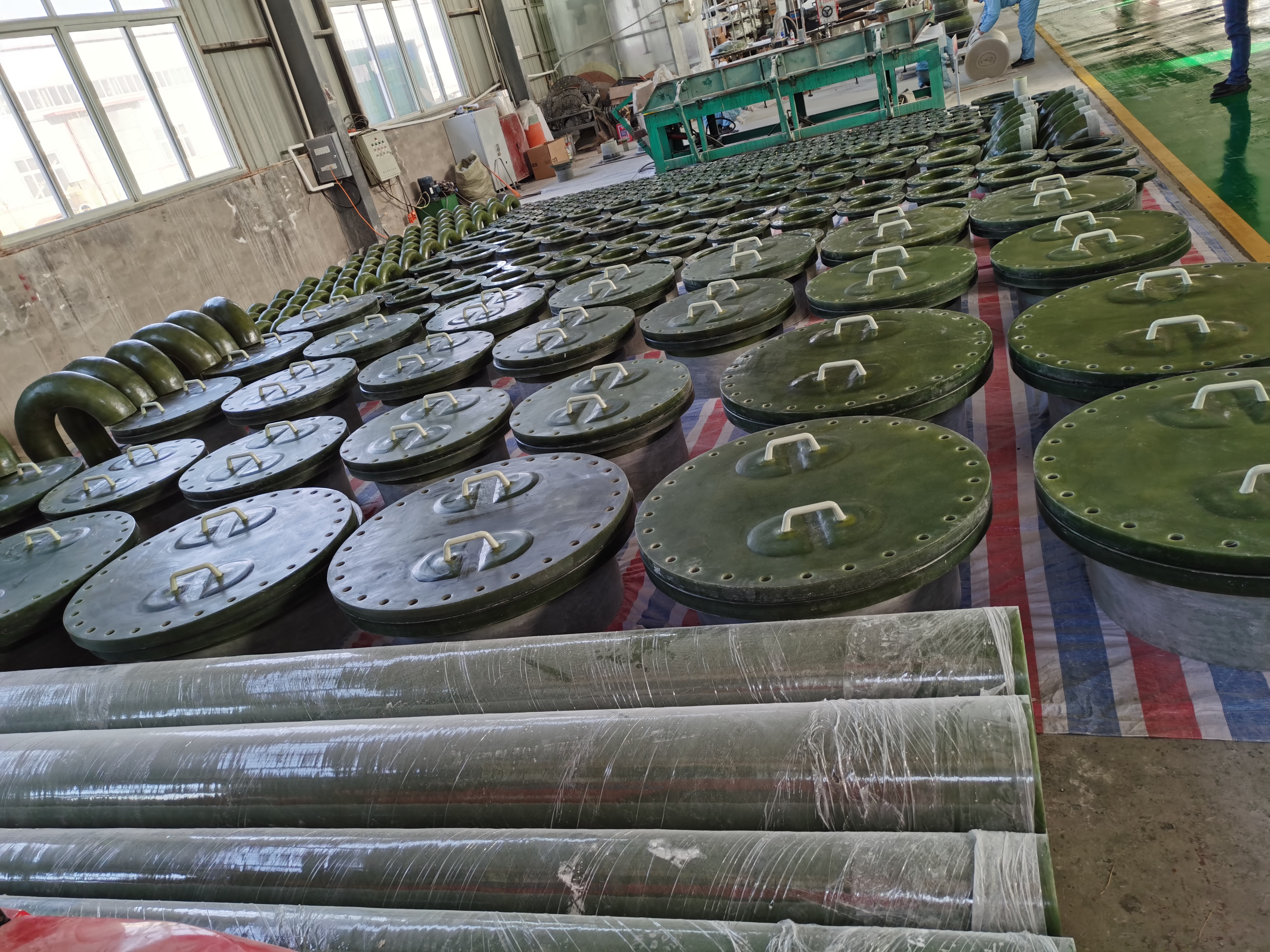
-
 Afrikaans
Afrikaans -
 Albanian
Albanian -
 Amharic
Amharic -
 Arabic
Arabic -
 Armenian
Armenian -
 Azerbaijani
Azerbaijani -
 Basque
Basque -
 Belarusian
Belarusian -
 Bengali
Bengali -
 Bosnian
Bosnian -
 Bulgarian
Bulgarian -
 Catalan
Catalan -
 Cebuano
Cebuano -
 China
China -
 China (Taiwan)
China (Taiwan) -
 Corsican
Corsican -
 Croatian
Croatian -
 Czech
Czech -
 Danish
Danish -
 Dutch
Dutch -
 English
English -
 Esperanto
Esperanto -
 Estonian
Estonian -
 Finnish
Finnish -
 French
French -
 Frisian
Frisian -
 Galician
Galician -
 Georgian
Georgian -
 German
German -
 Greek
Greek -
 Gujarati
Gujarati -
 Haitian Creole
Haitian Creole -
 hausa
hausa -
 hawaiian
hawaiian -
 Hebrew
Hebrew -
 Hindi
Hindi -
 Miao
Miao -
 Hungarian
Hungarian -
 Icelandic
Icelandic -
 igbo
igbo -
 Indonesian
Indonesian -
 irish
irish -
 Italian
Italian -
 Japanese
Japanese -
 Javanese
Javanese -
 Kannada
Kannada -
 kazakh
kazakh -
 Khmer
Khmer -
 Rwandese
Rwandese -
 Korean
Korean -
 Kurdish
Kurdish -
 Kyrgyz
Kyrgyz -
 Lao
Lao -
 Latin
Latin -
 Latvian
Latvian -
 Lithuanian
Lithuanian -
 Luxembourgish
Luxembourgish -
 Macedonian
Macedonian -
 Malgashi
Malgashi -
 Malay
Malay -
 Malayalam
Malayalam -
 Maltese
Maltese -
 Maori
Maori -
 Marathi
Marathi -
 Mongolian
Mongolian -
 Myanmar
Myanmar -
 Nepali
Nepali -
 Norwegian
Norwegian -
 Norwegian
Norwegian -
 Occitan
Occitan -
 Pashto
Pashto -
 Persian
Persian -
 Polish
Polish -
 Portuguese
Portuguese -
 Punjabi
Punjabi -
 Romanian
Romanian -
 Russian
Russian -
 Samoan
Samoan -
 Scottish Gaelic
Scottish Gaelic -
 Serbian
Serbian -
 Sesotho
Sesotho -
 Shona
Shona -
 Sindhi
Sindhi -
 Sinhala
Sinhala -
 Slovak
Slovak -
 Slovenian
Slovenian -
 Somali
Somali -
 Spanish
Spanish -
 Sundanese
Sundanese -
 Swahili
Swahili -
 Swedish
Swedish -
 Tagalog
Tagalog -
 Tajik
Tajik -
 Tamil
Tamil -
 Tatar
Tatar -
 Telugu
Telugu -
 Thai
Thai -
 Turkish
Turkish -
 Turkmen
Turkmen -
 Ukrainian
Ukrainian -
 Urdu
Urdu -
 Uighur
Uighur -
 Uzbek
Uzbek -
 Vietnamese
Vietnamese -
 Welsh
Welsh -
 Bantu
Bantu -
 Yiddish
Yiddish -
 Yoruba
Yoruba -
 Zulu
Zulu
Exploring the Properties and Applications of Grating Structures in Optical Systems
Understanding GRP Grating Applications and Benefits
Glass Reinforced Plastic (GRP) grating, often referred to as fiberglass grating, has emerged as a versatile material with a wide range of applications across various industries. This innovative product is made from a composite material consisting of fiberglass and resin, offering exceptional strength, durability, and resistance to various environmental factors. In this article, we will explore the features, advantages, and uses of GRP grating, highlighting why it has become a popular choice in many sectors.
What is GRP Grating?
GRP grating is a type of industrial flooring solution that is composed of tightly wound fiberglass strands embedded in a resin matrix. This combination not only enhances the structural integrity of the grating but also makes it lightweight compared to traditional materials such as steel or aluminum. Furthermore, GRP grating can be manufactured in a variety of sizes and thicknesses, making it adaptable for different applications, whether in industrial settings, commercial spaces, or even residential environments.
Key Features of GRP Grating
1. Corrosion Resistance One of the primary advantages of GRP grating is its high resistance to corrosion. Unlike metal grates, which can rust and deteriorate when exposed to chemicals or the elements, GRP maintains its integrity over time, even in harsh environments such as wastewater treatment plants or chemical processing facilities.
2. Non-slip Surface GRP grating can be designed with a non-slip surface, enhancing safety in environments where wet or slippery conditions may exist. This feature is particularly valuable in industries like food processing, marine applications, and outdoor walkways.
3. Lightweight The lightweight nature of GRP grating allows for easier handling and installation. This reduces labor costs and the need for heavy machinery during installation, making it a cost-effective solution.
4. Versatility GRP grating is available in a range of colors and designs, allowing it to be used not just for functional purposes but also for aesthetic ones. It can be utilized in various settings, from industrial floors to decorative walkways in parks.
grp grating

5. UV Resistance This material is engineered to withstand UV exposure, preventing degradation over time. This characteristic makes GRP grating an ideal choice for outdoor applications where sunlight can be an issue.
Applications of GRP Grating
GRP grating has found its place in multiple sectors, including
- Industrial Applications In factories and warehouses, GRP grating is commonly used for walkways, platforms, and staircases. Its strength and chemical resistance make it suitable for environments that involve the handling of aggressive substances.
- Infrastructure GRP grating is increasingly used in infrastructure projects, such as bridges and drainage systems, owing to its lightweight nature and resistance to corrosion, which prolongs the lifespan of the structures.
- Marine Industry The marine environment is particularly harsh on materials, making GRP grating an excellent choice for docks, piers, and boat ramps, as it can withstand exposure to saltwater and other damaging factors.
- Environmental Applications Wastewater treatment facilities often utilize GRP grating for walkways and platforms, as it is resistant to chemicals and moisture, enhancing the safety of workers in such environments.
Conclusion
The numerous attributes of GRP grating—corrosion resistance, non-slip surface, lightweight, and versatility—make it a compelling choice for a wide array of applications across different industries. As industries continue to seek innovative materials that enhance safety, performance, and longevity, GRP grating stands out as a prime candidate. Its growing popularity attests to its effectiveness and the pivotal role it plays in modern industrial solutions. Whether used in a factory, a pier, or a decorative walkway, GRP grating offers benefits that are hard to overlook.









